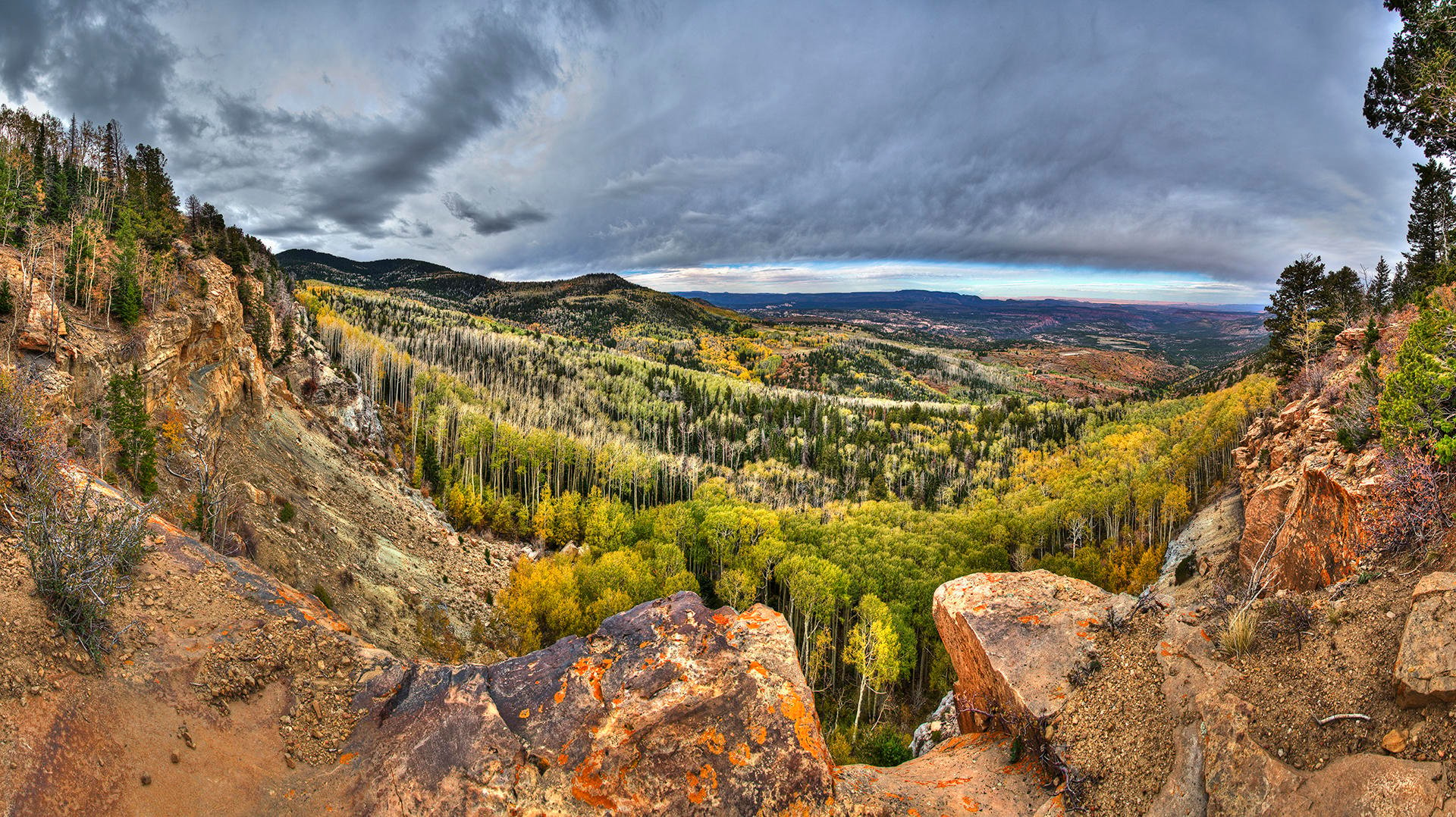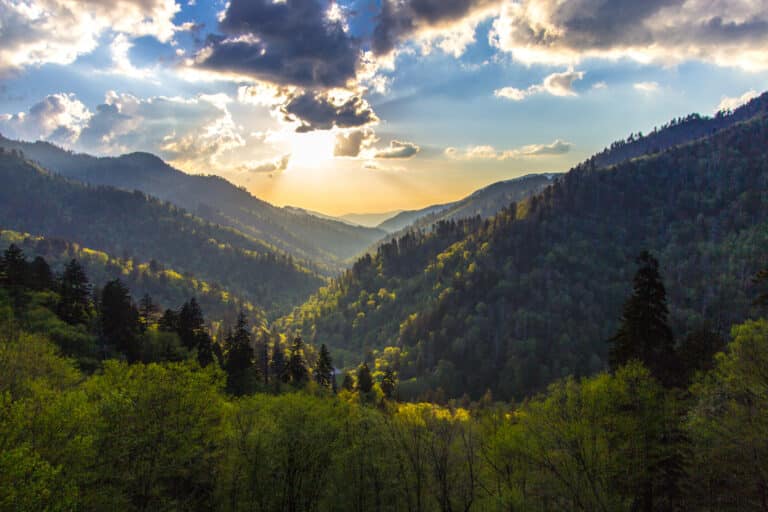Late last month the outdoor recreation industry gathered in Utah for its annual Outdoor Retailer summer trade show, known by most as OR. Most everyone connected with outdoor recreation exhibits at or attends the event to see the latest in products and services and to plan for the next outdoor season. For the last 20 years, Salt Lake City had served as the host city for the four-day, mega trade show – estimated to generate over $44 million worth of local economic impact. In February, however, the OR’s largest annual participant, Patagonia, was a no show, choosing to boycott the event due to the host state’s failure to commit unequivocally to preserving public lands. Specifically, Patagonia was concerned about the state of Utah’s indication that it would ask the Trump administration to rescind the designation of Bears Ears as a national monument. Other companies joined the boycott.
Turf War
As one of his last acts as president, Barack Obama signed an executive order designating Bears Ears – a 1.34 million acre tract of land in southeast Utah – as a national monument. Bears Ears is located near the Four Corners area where Colorado, New Mexico, Arizona and Utah meet. Some Utah business opposed the national monument designation, pointing to the energy and other mineral opportunities lost due to the restrictions from development. Native American tribes, outdoor enthusiasts and conservationists, however, cheered the executive order pointing to the order’s effect in protecting both the natural beauty of the red rock canyons and forested plateaus as well as the cultural significance of the area, which is filled with ancient rock art and cliff dwellings considered sacred by local tribes.
Earlier this year, on February 3, Utah governor Gary Herbert signed a resolution of the state legislature urging President Trump to rescind the national monument designation. Herbert also signed a resolution seeking to rescind the designation of Escalante-Grand Staircase region in Utah as a national monument, which President Clinton authorized in 1996.
The resolution caused an immediate outcry by Patagonia and others in the outdoor industry. Less than a week later, Patagonia announced it would not attend the summer trade show in Salt Lake City, citing “the creation of a hostile environment and blatant disregard for Bears Ears and other public lands.” Others like Arc’teryx, PolarTek, and Peak Designs joined the boycott. Patagonia founder Yvon Chouinard said in an earlier op-ed on the company’s website: “The outdoor industry creates three times the amount of jobs than the fossil fuels industry, yet the governor has spent most of his time in office trying to rip taxpayer-owned lands out from under us and hand them over to drilling and mining companies.”
Governor Herbert agreed to speak with the industry and hear their concerns, but shortly after the call, the governor said, “I guess we’re going to have to part ways,” and then traveled to Washington to lobby the current administration to rescind the designation for Bears Ears. Unhappy with the governor’s response, the Outdoor Industry Association announced on February 16 that the 2018 and future shows would be staged outside of Utah.
The Rise of the Outdoor Industry
In April, President Trump ordered a review of all 27 national monuments designated over the last 20 years. While troubling to outdoor recreation industry, history may later see Trump’s executive order as the proverbial “shot heard round the world” – the event that forever changed the industry’s role in the political process.
Having been galvanized by the Utah protest, the industry, again led by Patagonia, REI, the Grand Canyon Trust, and others, marshaled individuals, businesses, trade organization and friendly politicians to speak up and defend the Bears Ears designation during the public comment period. The Department of the Interior received over 1 million comments. Former Secretary of the Interior, Sally Jewell, indicated the actual number of comments received were an unprecedented 2.7 million.
While the protest shifted to Washington, D.C., the 2017 Outdoor Retailer show went on in Salt Lake City one final time, but not before the industry became more organized and committed than ever in its history, recognizing its economic strength as it lead perhaps the most vocal protest involving federal lands since the battle to prevent building a dam in the Grand Canyon in 1960. Perhaps not coincidentally, OR opened with a breakfast meeting featuring the release of its an economic report featuring the impact of the outdoor recreation industry in each of the fifty states.
In an industry that is highly focused on sustainability, conservation, and reinvesting corporate profits in protecting public lands and related causes, the outdoor industry is suddenly a key political player. Since “all politics are local,” the place to have a watchful eye may well be in the state houses as the industry begins to recognize the enormous impact outdoor recreation has on the local economy.
To date, the Bears Ears review continues. Ryan Zinke, Trump’s appointment as Interior Secretary, has indicated that it is not a question of preserving Bears Ears, but rather what form that protection should take – preliminarily recommending that the designation be “right-sized,” that multi-use management not be “hindered,” and that the Tribal nations participate in the management of the lands.
National Monument or National Park?
Only Congress can create a National Park, but a 1906 act of Congress – the Antiquities Act of 1906 – permits the president to designate “monuments” for protection. Since, 1933, every president has used this authority – some more than others. Obama used it more extensively than any prior president, and one of his very last acts, as president in December 2016 was to designate Bears Ears as a monument. Earlier this year, Trump has ordered a review of all 27 “national monument” designations since 1996.
What difference does it make? There are twenty different names for “areas” in the National Park System – in additional to national parks and national monuments, we have national “landscapes, “and “battlefields” and “preserves” and “parkways” and “historic sites” and many others (including the National Scenic Appalachian “Trail”). In many respects, the differences are in name only. However, usage and management specifics are spelled out in the legislation or order creating the particular area. While the “national” designation indicates a significant level of preservation and protection, many uses other than outdoor recreation can be permitted, such as grazing, hunting, mining, timber removal, and agriculture. Oil and gas exploration is even permitted in some national “parks.”
Congress typically treats the different “areas” equally, but national “parks” generally get more funding. “Monuments” can become “parks,” as was the case with the Grand Canyon, Bryce, the C & O Canal. Others can become “preserves” as was the case with millions of acres of federal land in Alaska known as Denali, Gates of the Artic, and Noatak.
In lobbying the Trump administration to rescind or alter the Bears Ears designation, Utah Governor Herbert indicated that past presidents had been “cavalier” with their application of the 1906 Antiquities Act. He said the act was intended to grant power to protect the “smallest area necessary to protect the objects that we’re trying to preserve.” The original purpose (and use) of the Antiquities Act was to protect Indian artifacts that were being plundered – a fairly narrow area or specific protection. Nonetheless, earlier presidents have used the national “monument” designation to preserve large land masses such as the Grand Canyon, Bryce, Denali and Grand Staircase-Escalante. Among the other, more narrowly focused monuments are the Statute of Liberty, Fort Sumter, Mount Rushmore, and Muir Woods.







